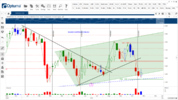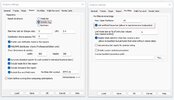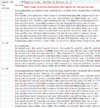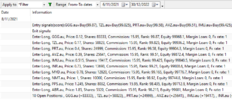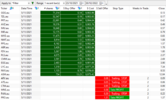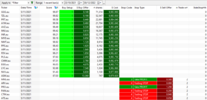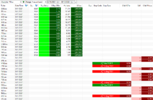- Joined
- 28 December 2013
- Posts
- 6,392
- Reactions
- 24,319
As traders, we always have a tendency of fooling ourselves
In hindsight, we all learn how to make up a story of just went wrong & then foolishly believe it. I'm yet to find a trader who can successfully predict what the market is going to do next. But that's ok we don't need to predict what the market will do next to make money.
Trend following
Money can be made by just following the herd by jumping on a trend & riding that trend right till the end. Finding those trends becomes the mission. When others talk about what they believe the market will do next is simply a matter of guesswork & at times this guesswork can come from experience but even so, it holds little value to a system trader. One look at the monthly stock picking competition proves my point.
Skate.
In hindsight, we all learn how to make up a story of just went wrong & then foolishly believe it. I'm yet to find a trader who can successfully predict what the market is going to do next. But that's ok we don't need to predict what the market will do next to make money.
Trend following
Money can be made by just following the herd by jumping on a trend & riding that trend right till the end. Finding those trends becomes the mission. When others talk about what they believe the market will do next is simply a matter of guesswork & at times this guesswork can come from experience but even so, it holds little value to a system trader. One look at the monthly stock picking competition proves my point.
Skate.


